You’ll definitely regret not checking these items off of your to-do list BEFORE winter arrives.
Our editors and experts handpick every product we feature. We may earn a commission from your purchases.Learn more.
You’ll definitely regret not checking these items off of your to-do list BEFORE winter arrives.
Our editors and experts handpick every product we feature. We may earn a commission from your purchases.Learn more.
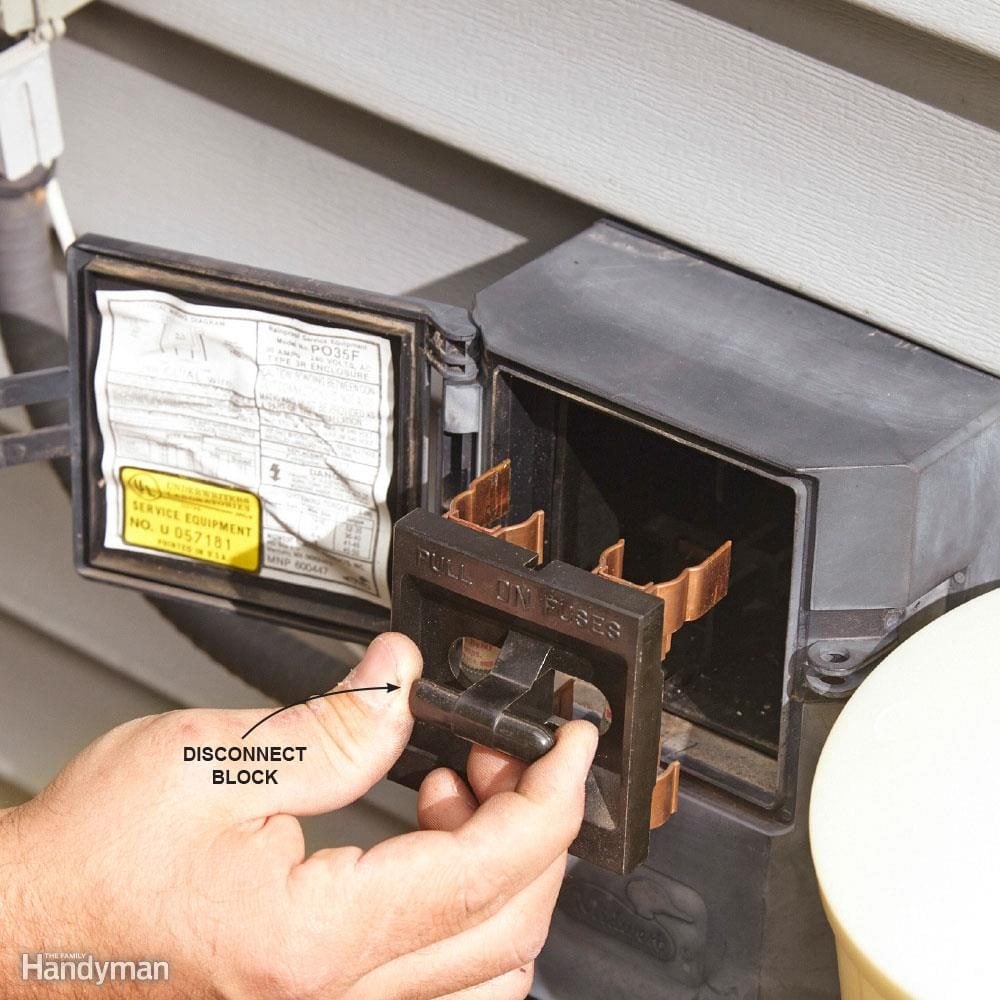
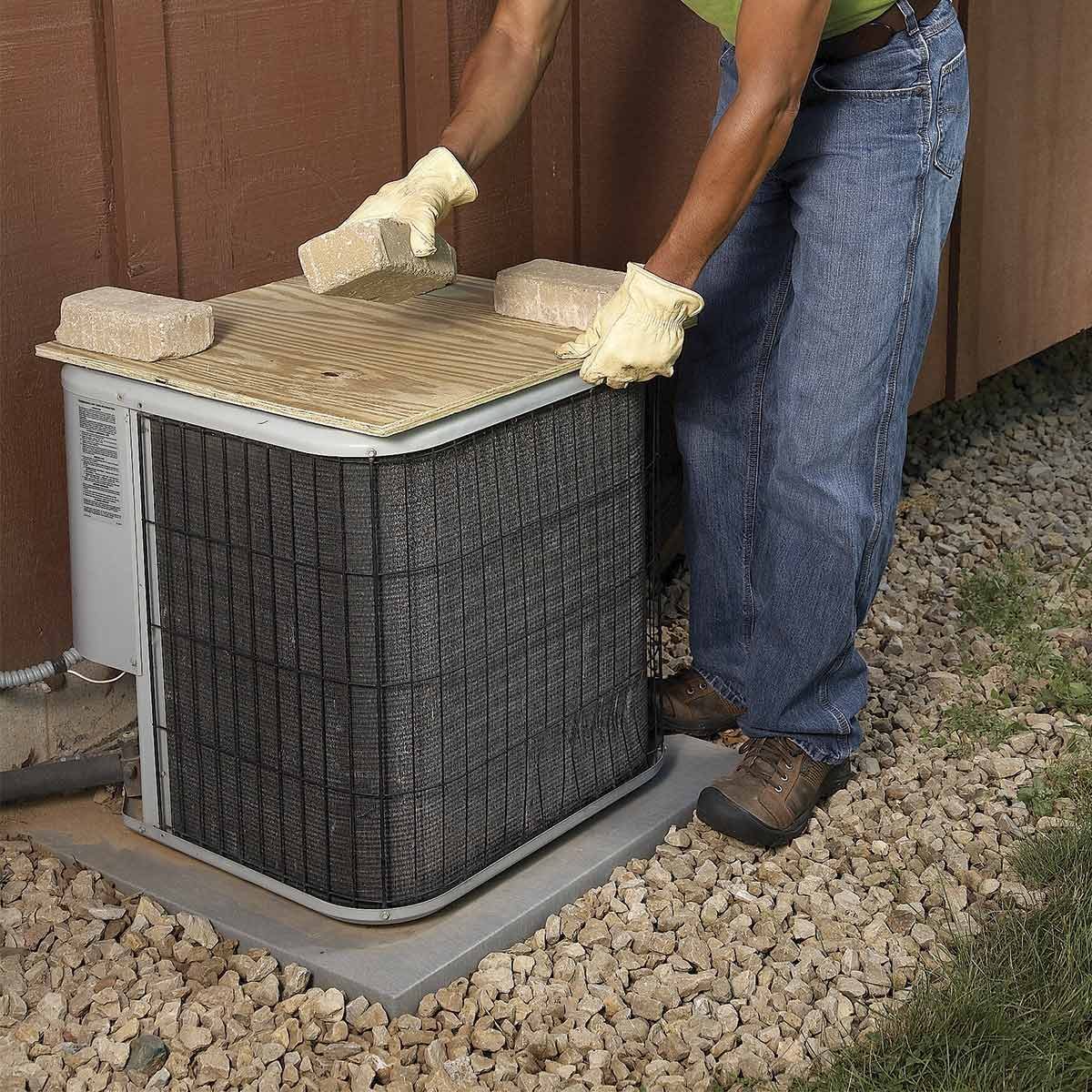
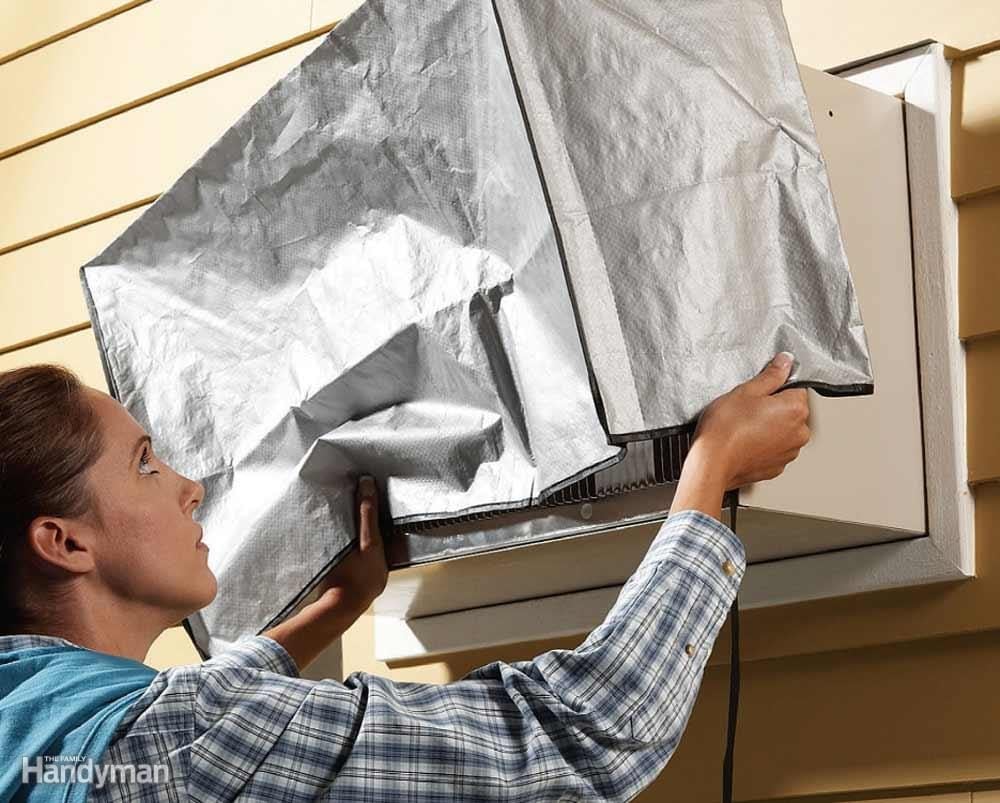
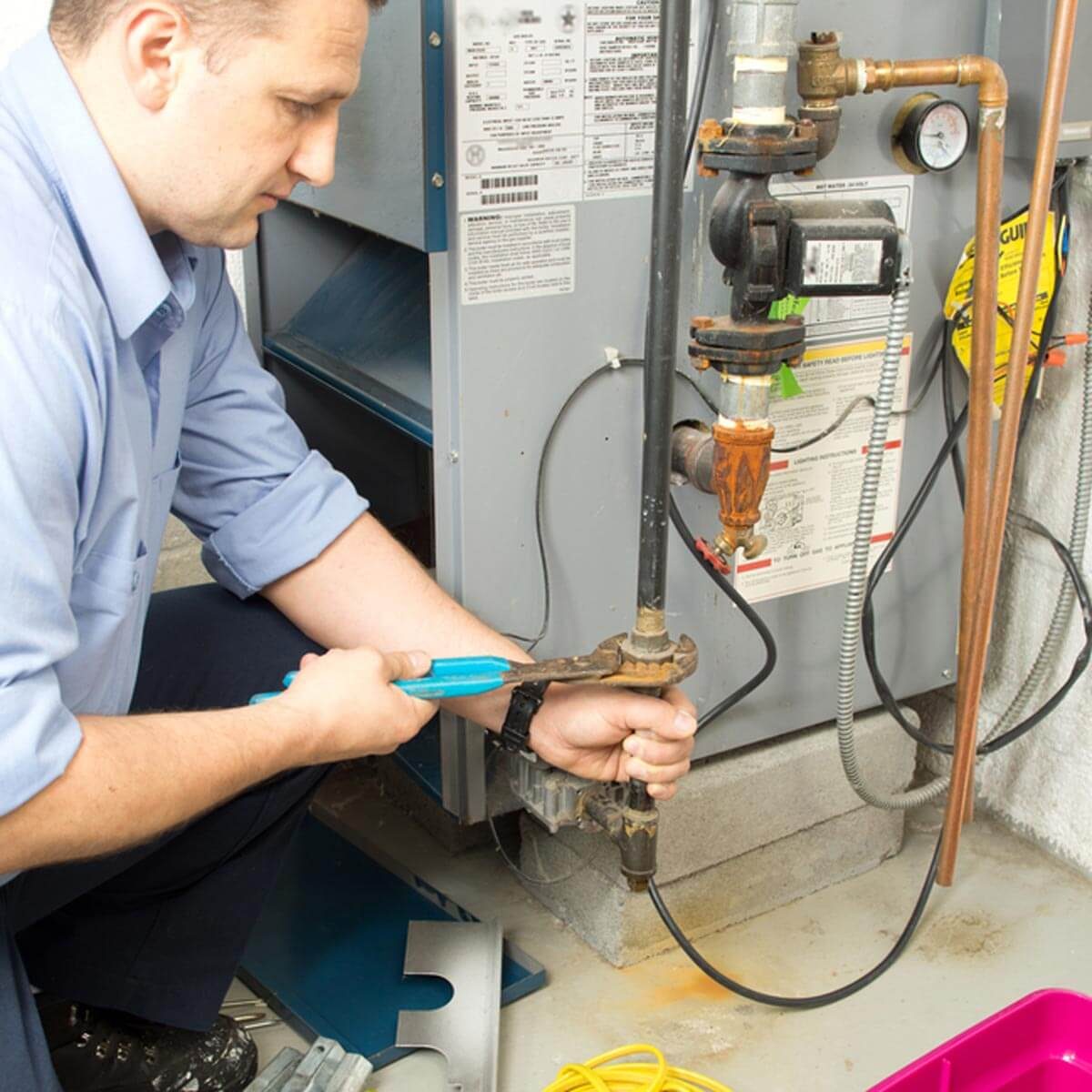

In cold areas of the country, fruit trees and other thin-barked tree species are prone to frost cracking, or southwest injury. It happens when sap warms up where sunlight hits the trunk on a warm winter day, only to freeze suddenly when temperatures drop. This causes unsightly trunk cracking that hurt the tree’s ability to take up moisture and nutrients and leaves an opening for insects. Protect the bark with tree wrap and remove the wrap in spring. Here are our best tips for growing fruit trees in your own yard.
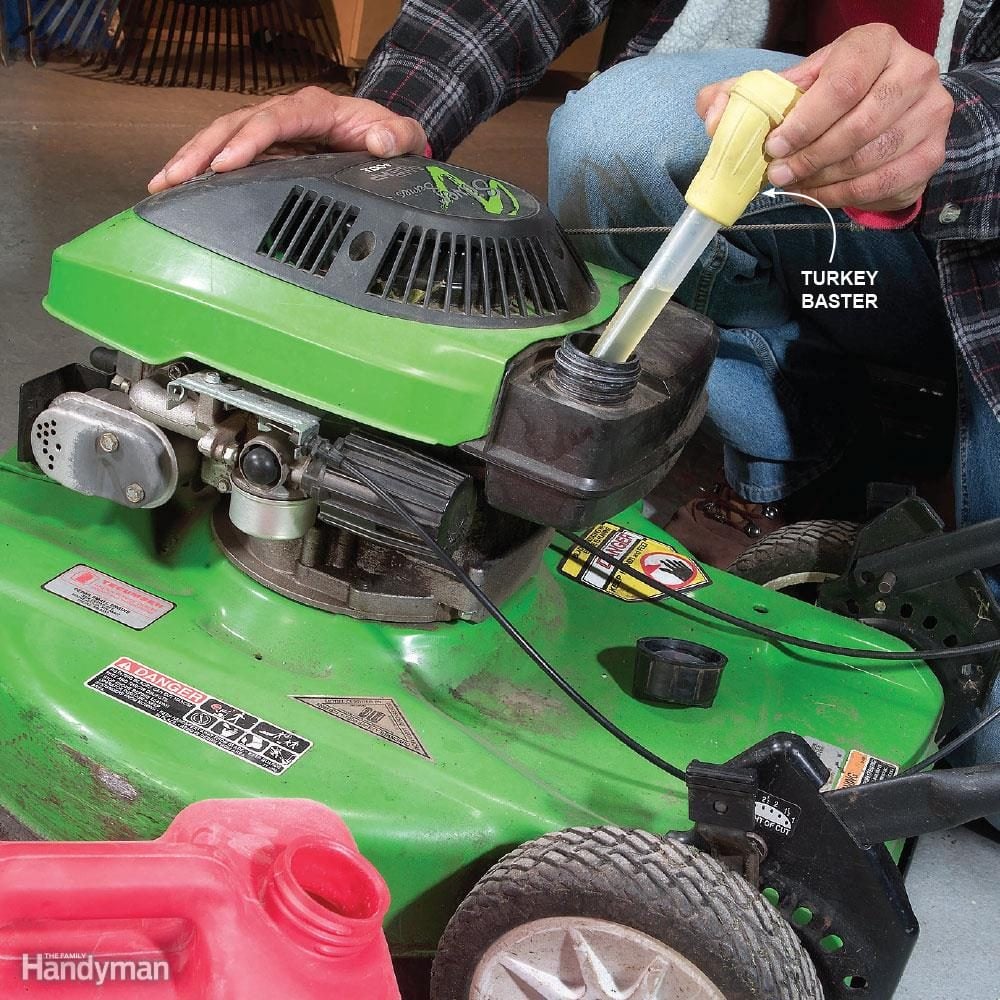
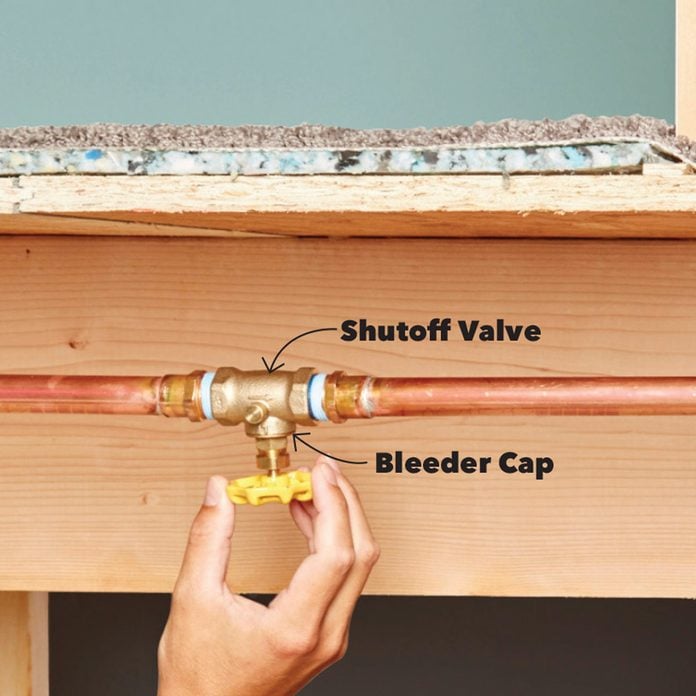
Turn off outdoor faucets at their shutoff valves. Open the faucet and then open the bleeder cap on the shutoff valve to drain any water out of the pipe. If you don’t drain the pipe, it can still freeze and crack. Leave the bleeder cap open with a bucket underneath to catch any drips. If the dripping continues, your shutoff valve needs to be replaced.
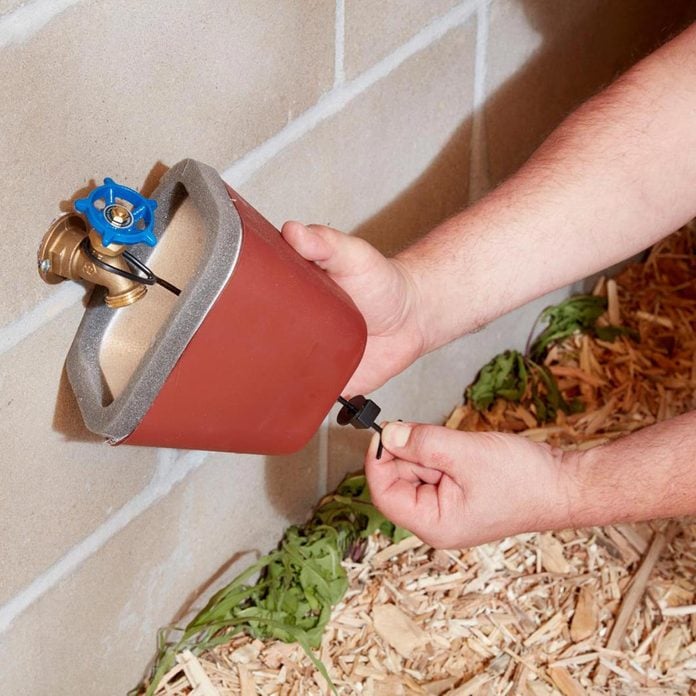
Insulated covers slow the heat loss from a pipe as it travels through the wall out into the cold. They provide some protection for very little cost. Buy it now on Amazon.
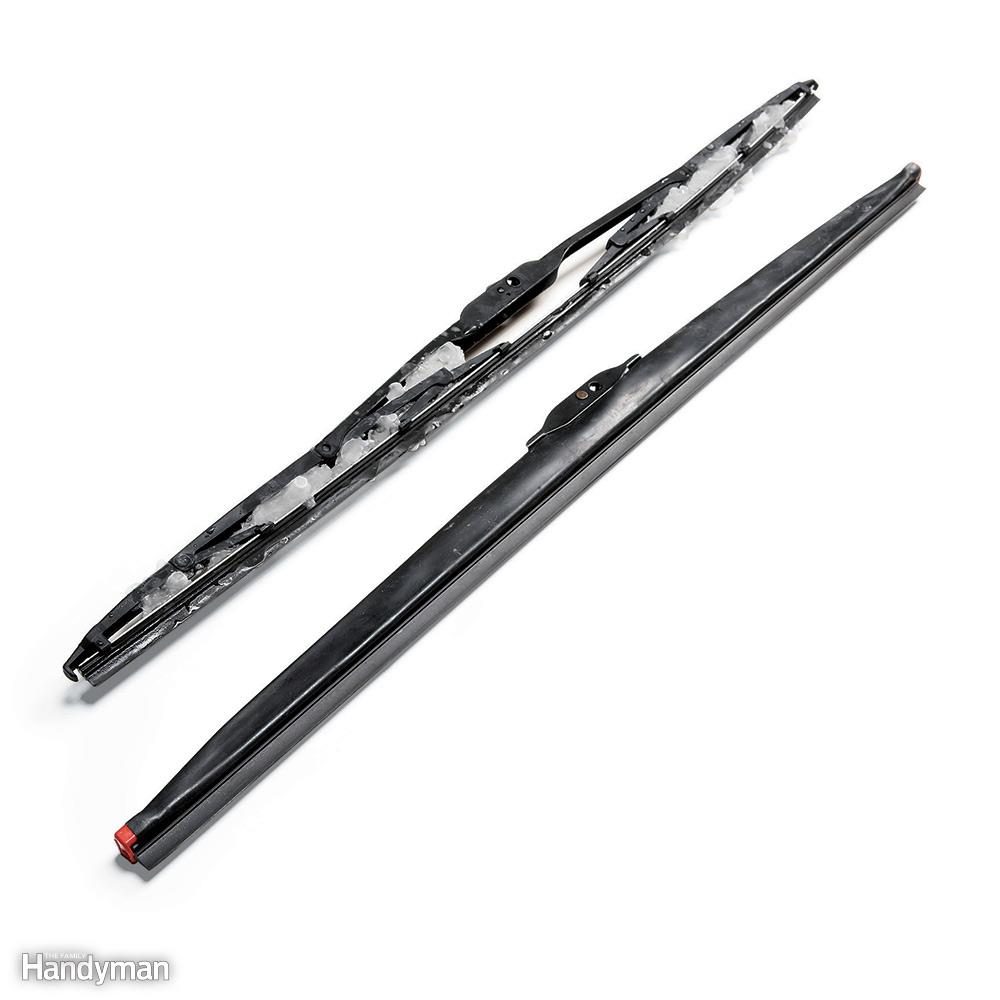
It's snowing hard and you turn on the wipers. The blade supports get packed with snow and the wiper blade either causes streaks or misses large swaths of your windshield. Regular blades often become clogged with snow and ice. The rubber covering on winter blades prevents that problem. The entire blade is wrapped in a rubber boot that prevents ice and snow from sticking or packing. They make for much better visibility and safer winter driving. Here's how to replace your wiper blades.
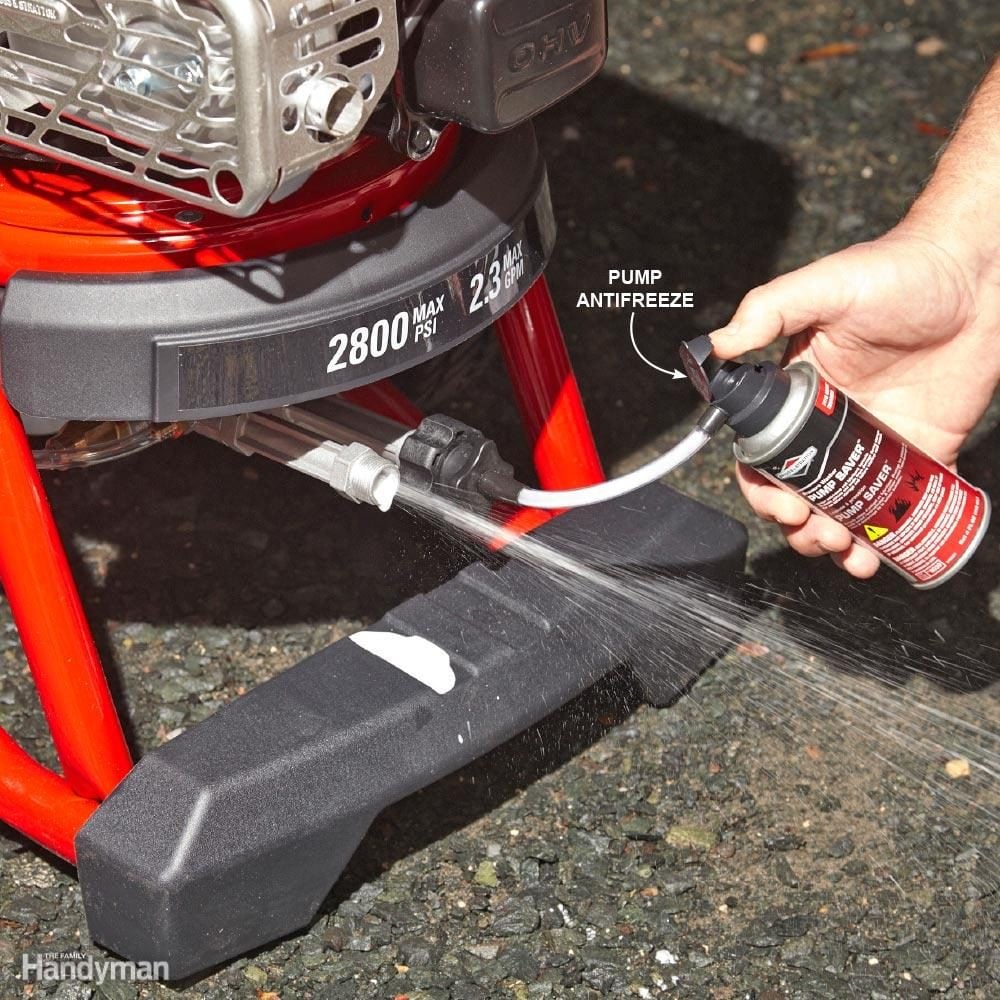
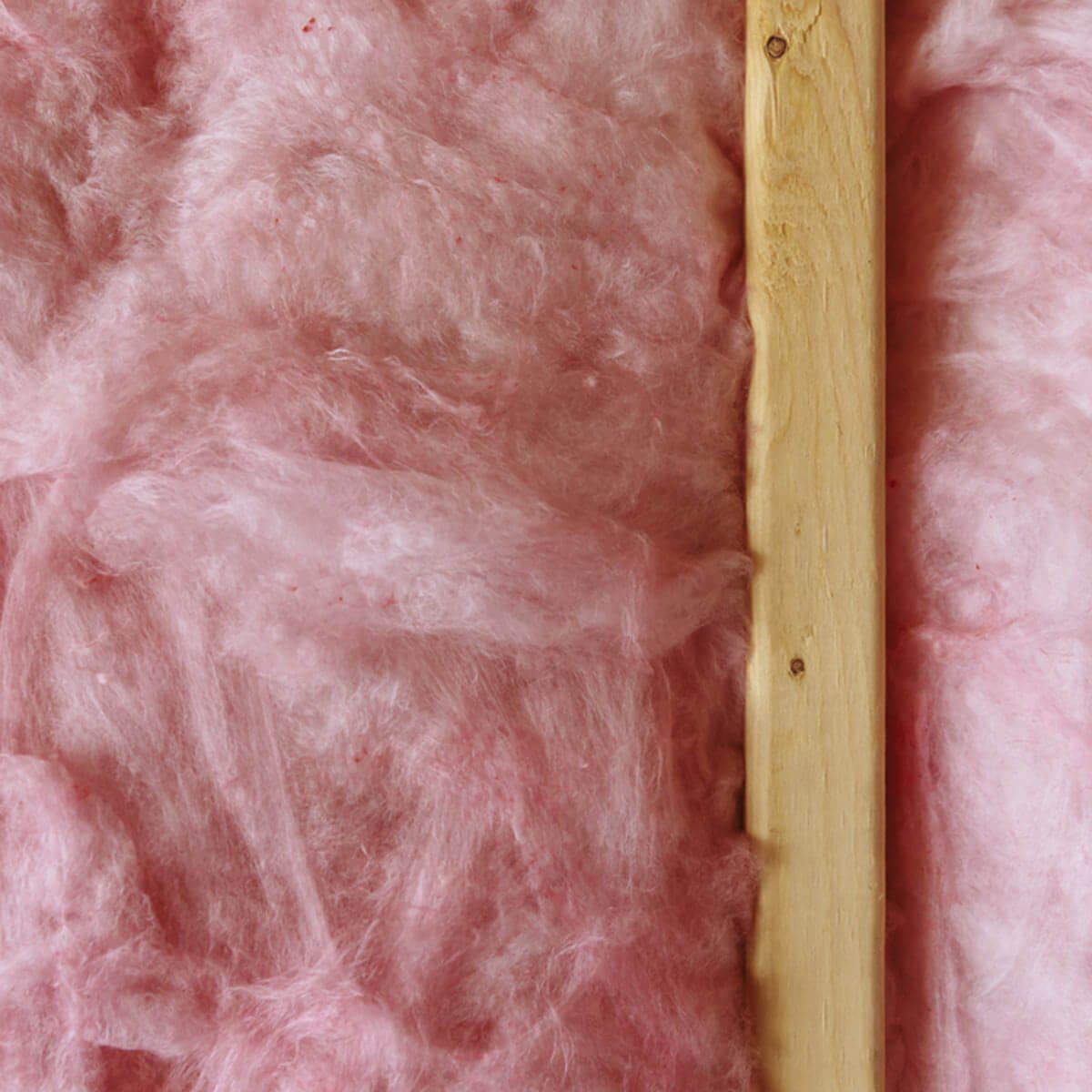

Poor attic ventilation can cause ice dams in the winter months, increase cooling costs, create a home for mold and reduce the life of shingles during the dog days of summer.
Over time, the vents located in your soffits and on some gable-end wall vents get clogged with dust and debris and lose their effectiveness. Clean them with a leaf blower or compressed air. You could use a pressure washer, but stick to a couple quick passes because you don't want to saturate the attic insulation with water. Clean the vents every few years, unless you live near a lot of trees with floating seeds, which can clog vents in one season. For much more on preventing ice dams, check out this guide.
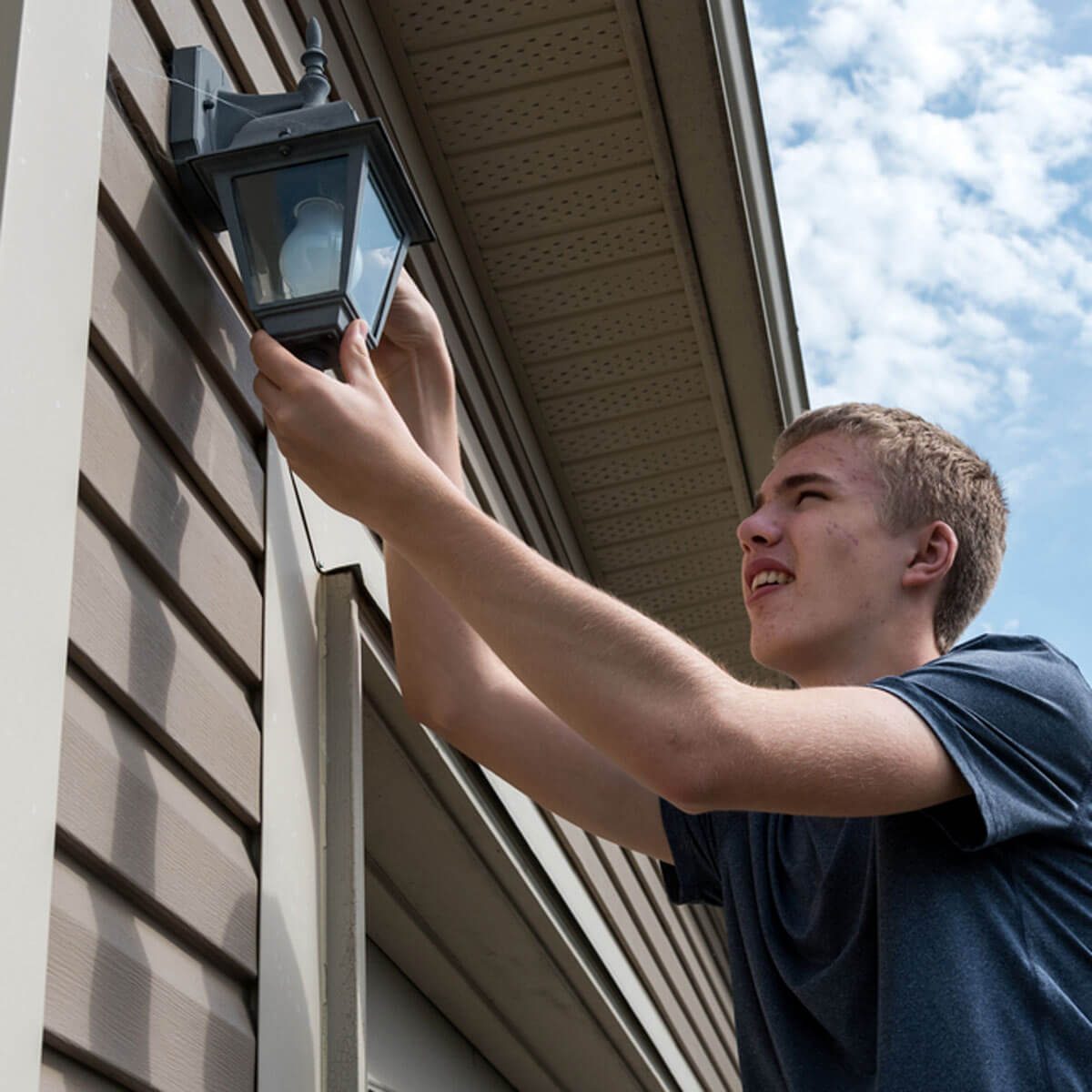
Speaking of the outdoors, browse these heated outdoor mats, too. They’re an excellent option for snow removal.
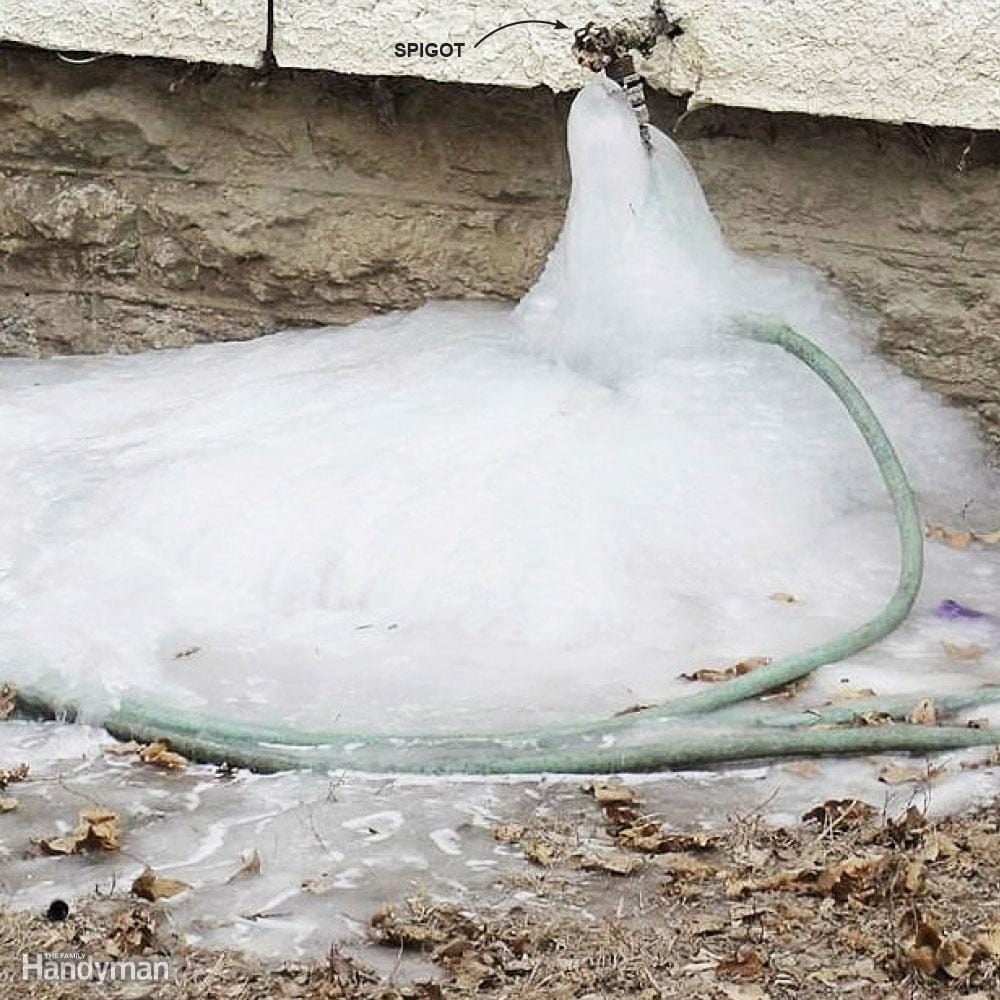
A garden hose that's left connected to a spigot will trap water inside the spigot. When that water freezes, it can bust open the spigot, the hose or both. Sometimes the pipe behind the spigot bursts and sprays hundreds of gallons inside the house. This can happen even with a frost-proof spigot and even if the water supply is off. So always disconnect garden hoses before winter arrives. To install a new frost-proof outdoor faucet, follow these five steps.
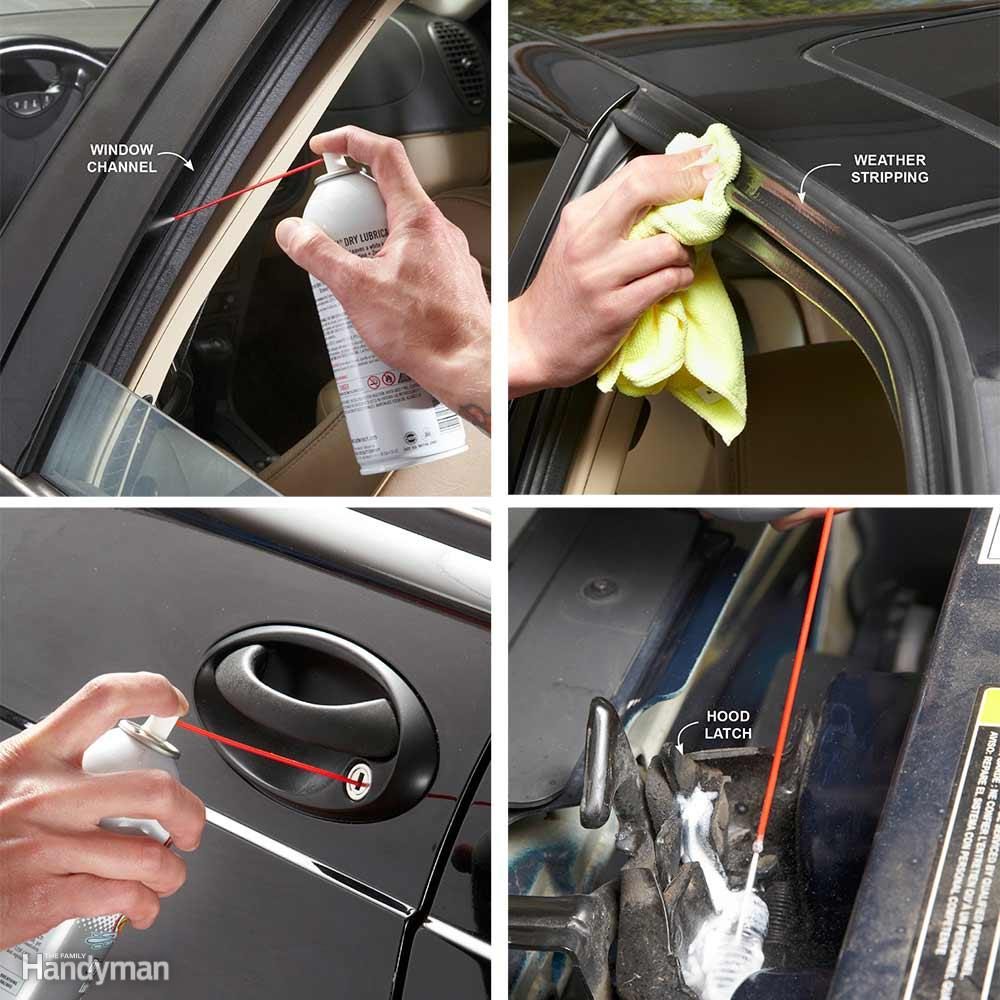
When cold weather is right around the corner, that's the time to get your car ready for winter driving: lube locks, latches, hinges, window channels and weather stripping. Proper lube can prevent binding and freezing and save you the cost of a busted regulator. You can lube your entire vehicle in less than 20 minutes. All you need is dry Teflon spray, spray lithium grease, a rag and glass cleaner.
Start with the window channels. Lower the window glass and shoot dry Teflon spray down the front, rear and top window channels on each door. Soak the channels. Then run the window up and down several times to spread the lube. Finally, raise the window and clean off overspray with glass cleaner.
Then shoot the door and trunk/hatch lock cylinders. Use the spray straw to force the lock 'door' open. Then inject a quick shot of dry Teflon spray into the lock cylinder. Insert your key and rotate the lock to spread the lube.
Next coat all the weather stripping with dry Teflon spray. Then spread it with a cloth. Finish the job by lubing the hood, trunk or tailgate latches with lithium grease. Then spray the door hinges. Operate the latches and doors several times to spread the grease.
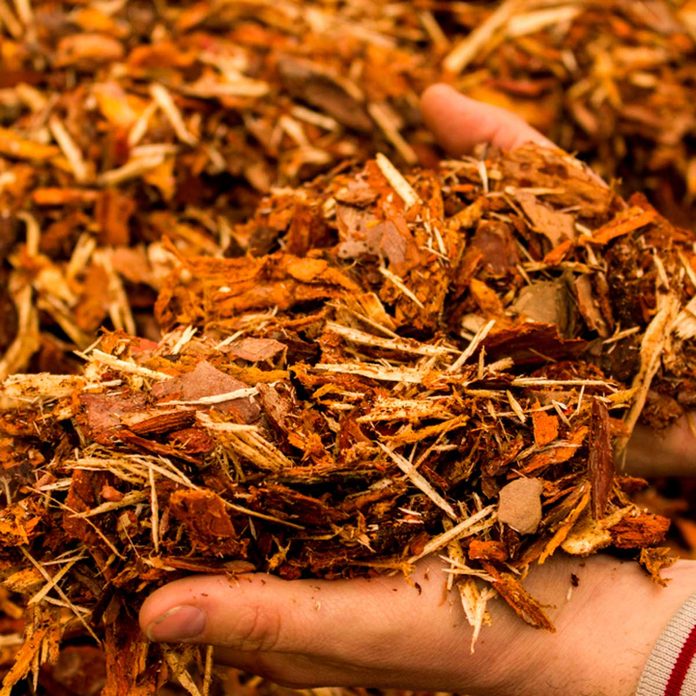
Add a base of woodchip mulch around fruit trees to discourage competing grass and weeds. Wait until after a hard frost to spread the mulch so moles and field mice don’t take up residence in the woodchips beforehand. Add 2 to 3 inches of woodchips, spreading the mulch as far as the dripline (the outer reach of the tree-branch canopy). Keep woodchips several inches away from the tree trunk to avoid causing issues with insects and disease. Learn about different types of mulch in our Mulch Guide.
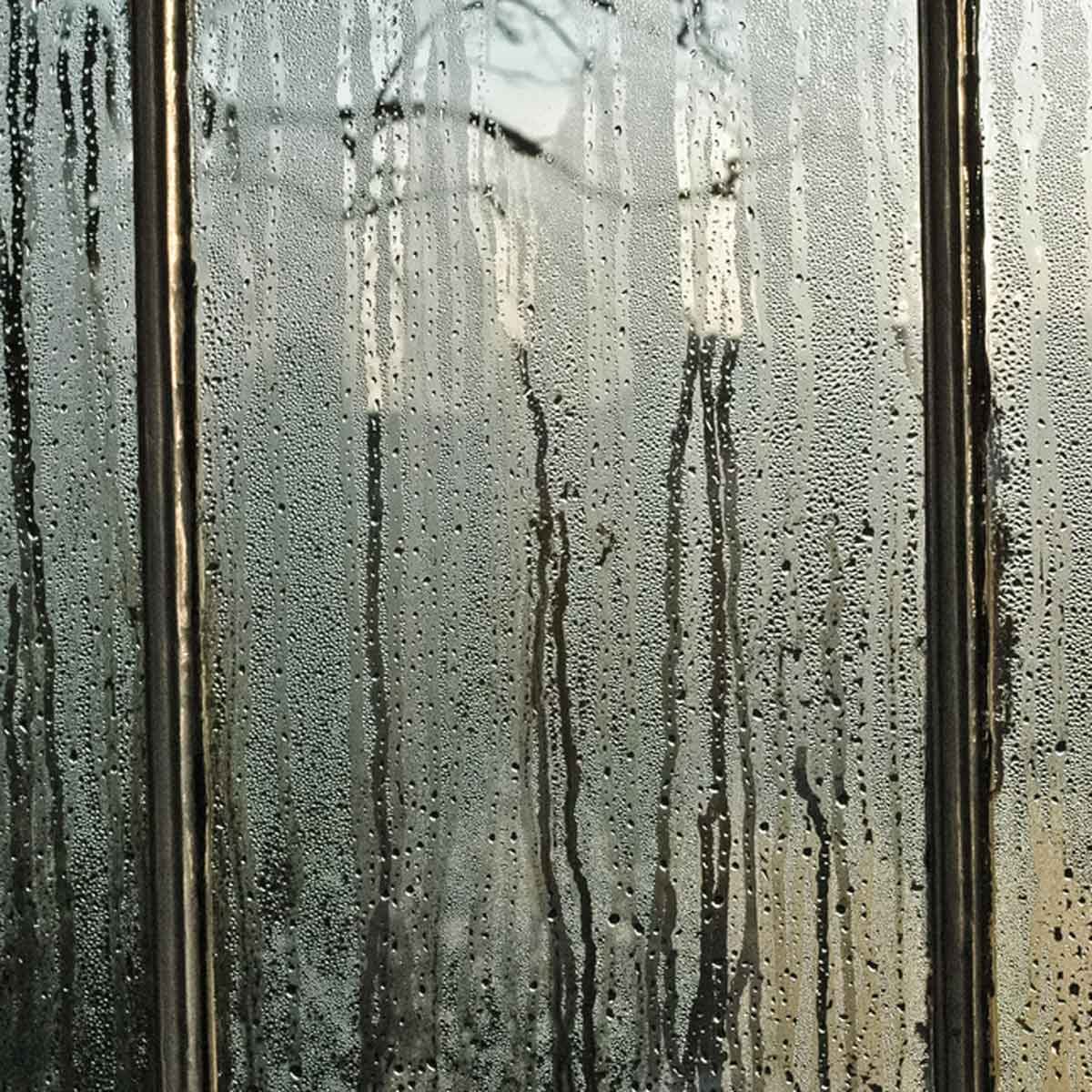
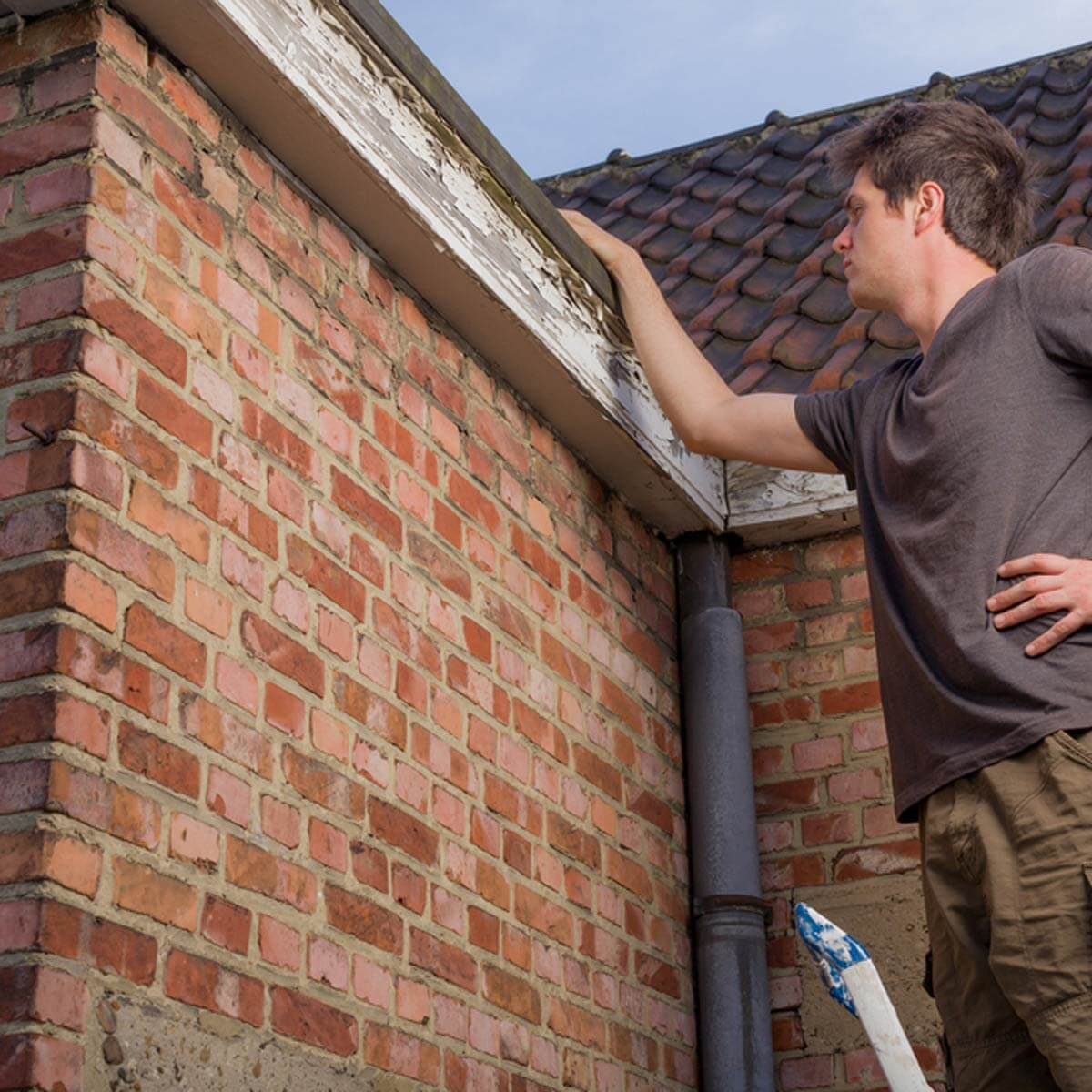

If you have water lines in the garage, insulate the garage door, if not the whole garage. Consider a combination of heat cable and insulation as well. If it’s really cold, put a portable heater in
the garage.
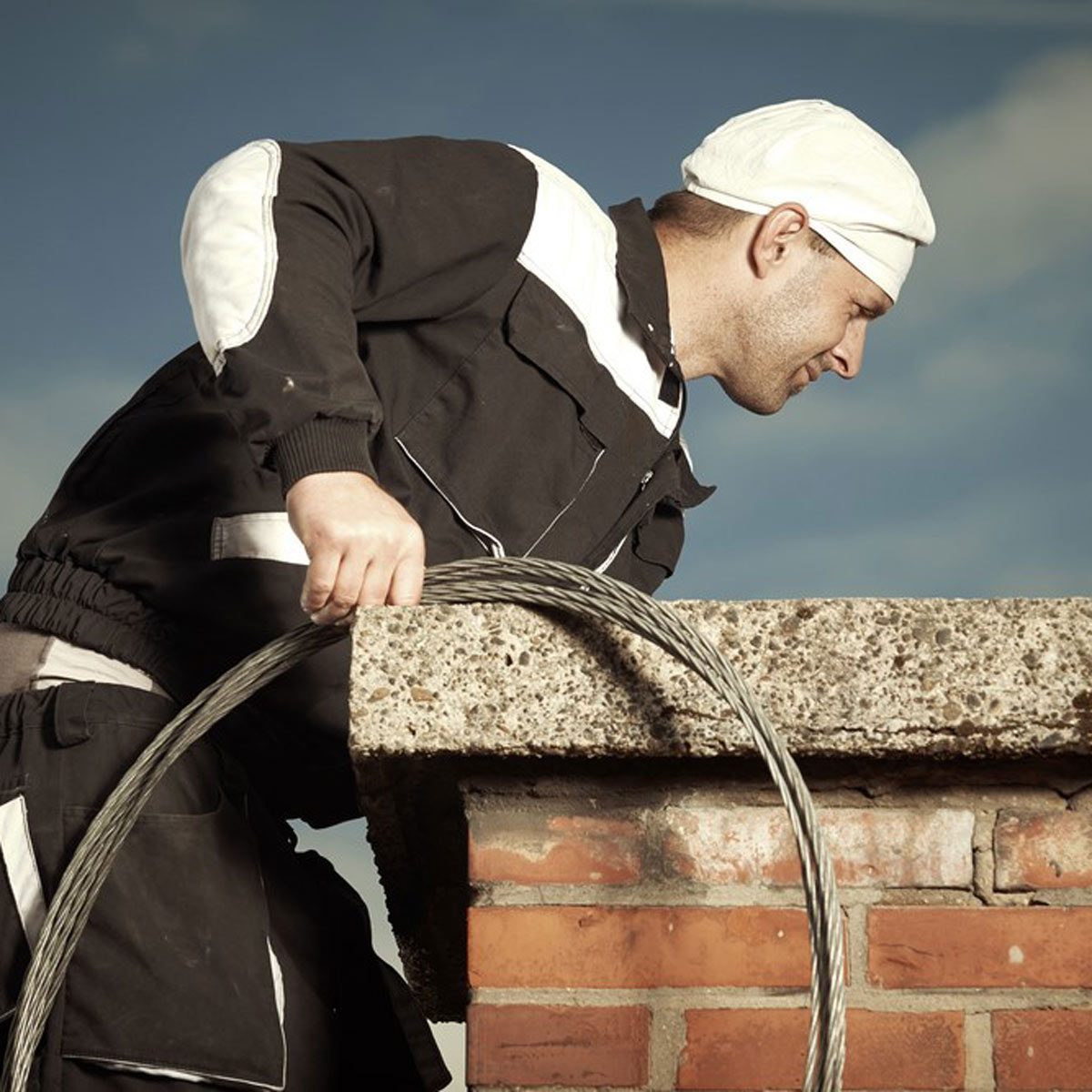
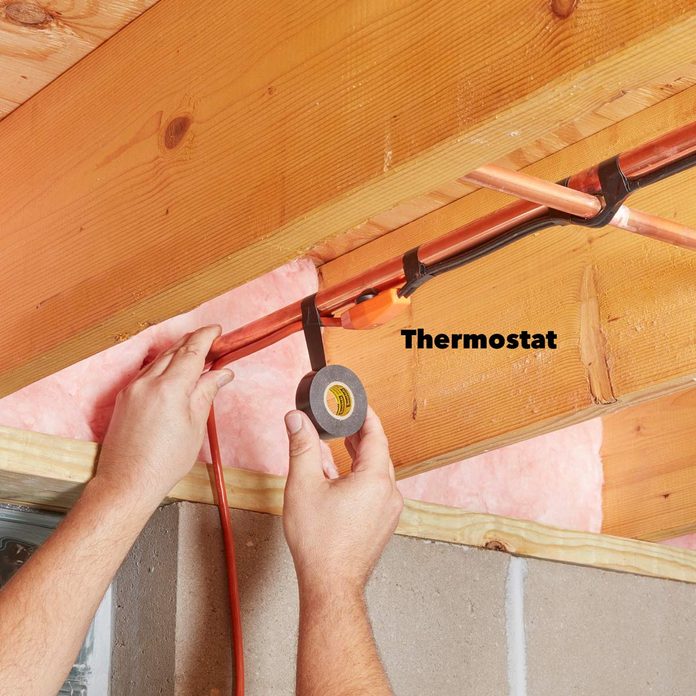
Heat cables are a perfect solution for vulnerable pipes. They have an integral thermostat that senses pipe temperature, turning the heat on and off as needed to keep the pipe from freezing. You’ll need an accessible outlet to plug in the cable. Heat cables are available at home centers for $15 to $40, depending on the length.

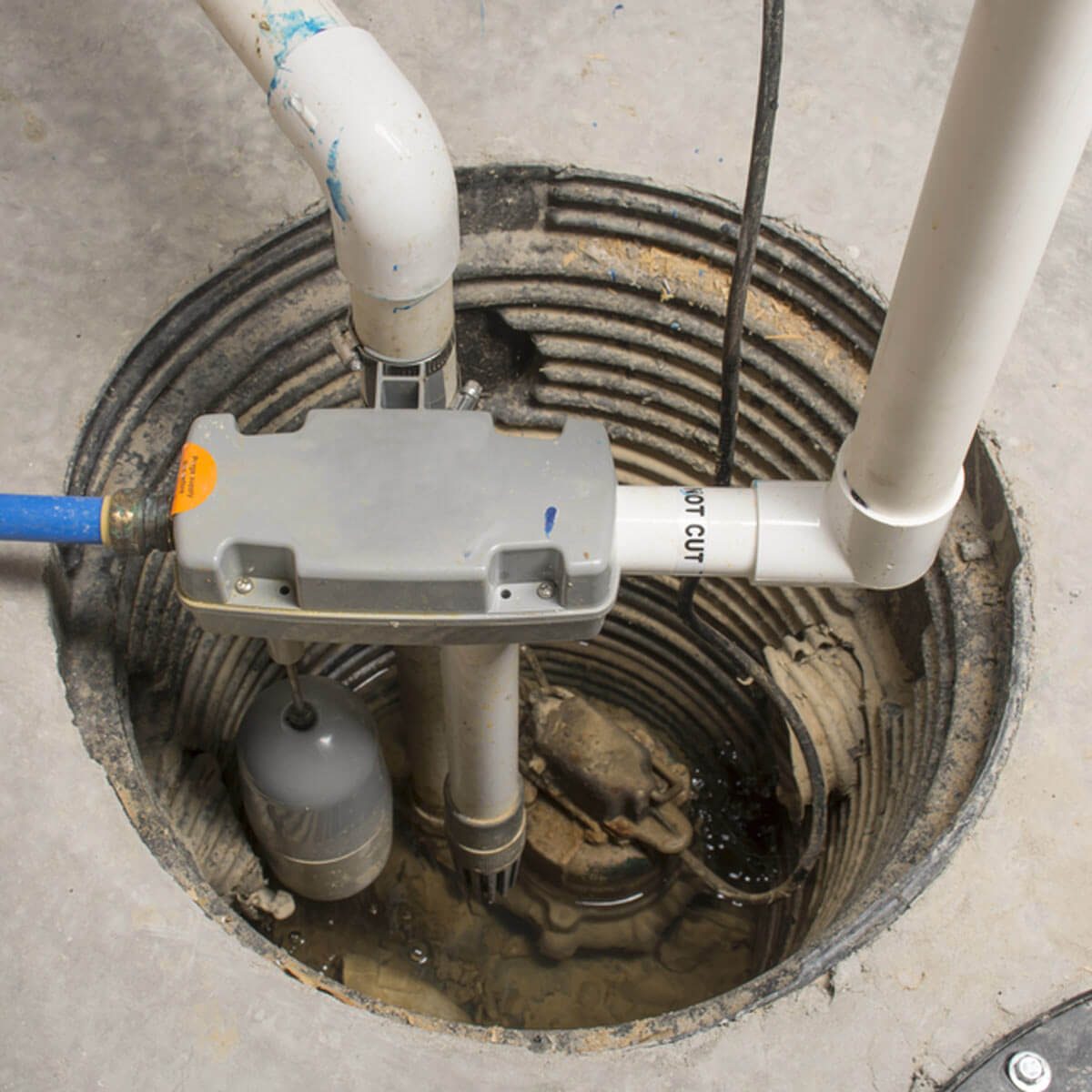
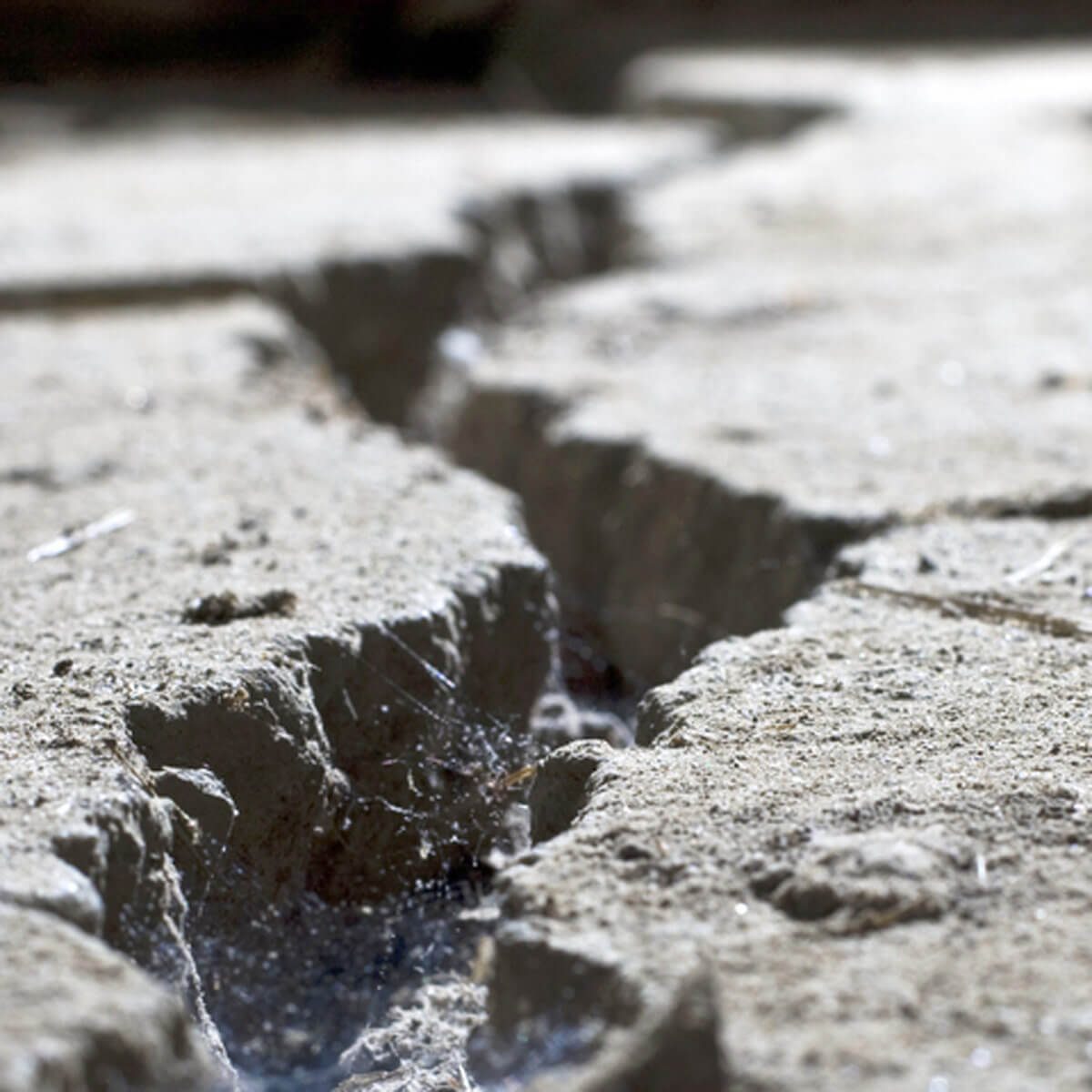
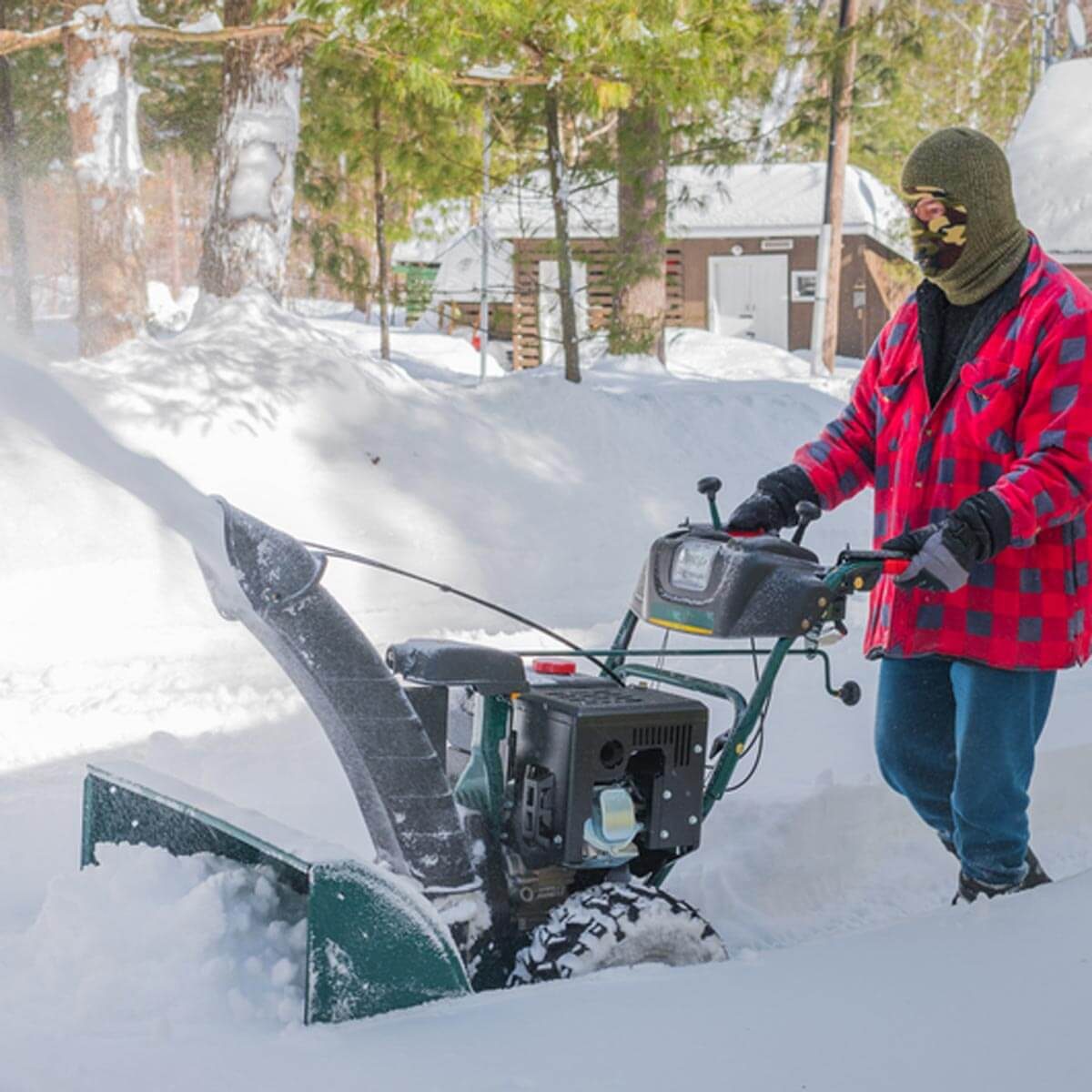
Disclosure: This post is brought to you by Family Handyman editors, who aim to highlight products and services you might find interesting. If you buy them, we get a small share of the revenue from the sale from our commerce partners. We frequently receive products free of charge from manufacturers to test. This does not drive our decision as to whether or not a product is featured or recommended. We welcome your feedback. Have something you think we should know about? Contact us, here.
Also learn, how to do proper winter lawn care.